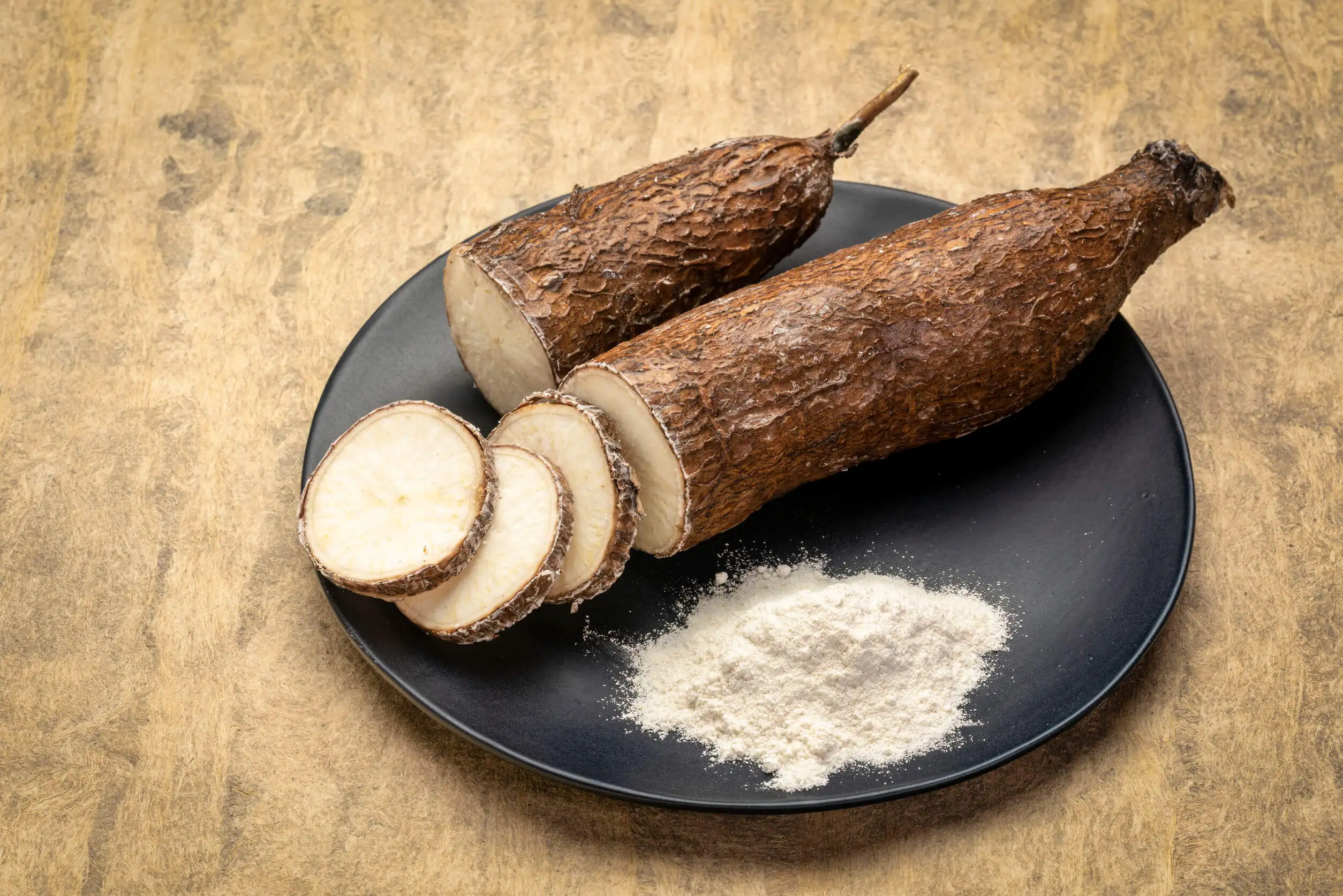Salsify: nutritional value and properties


Written and verified by the nutritionist Saúl Sánchez Arias
Salsify, also known as tragopogon, is a little-known tuber, similar to cassava or turnip, which has contains many essential nutrients. For this reason, its frequent inclusion in the diet is a positive step.
We’re going to tell you about all its benefits, so that you can include its consumption on a regular basis. In addition, if well prepared, it’s very tasty, and versatile in the kitchen.
Tubers are highly recommended products. They’re a source of fiber and complex carbohydrates. They help to avoid problems such as constipation, and improve the functioning of the digestive tract.
Using them as a main source of carbohydrates causes a positive reduction in body weight.
Types of salsify
There are two types of salsify: white and black. The former has hairs on its surface and an oyster-like flavor.
Black salsify, on the other hand, comes from places such as Belgium or France. It’s less fibrous and more fleshy. It’s easy to peel and its flavor is similar to that of walnuts.
Both types have a slightly bitter touch. In terms of organoleptic characteristics, they’re similar to artichokes or even leeks.
It’s a product that grows well throughout the fall, although its best time is in early spring.

Get to know: The Jerusalem Artichoke: Nutrition, Uses and a Recipe
Health benefits of salsify
Salsify has many nutrients. However, it isn’t a high-calorie food.
100 grams (4 oz) provide only 42 calories, so it can be included without problems in the context of a hypocaloric diet with the objective of weight loss. From the point of view of macronutrients, it has 1.9 grams of protein, 5.2 grams of carbohydrates and a residual percentage of fat in the same 100 grams of the product.
This tuber is a source of calcium, phosphorus, copper, magnesium, iron, potassium and B vitamins. It also contains vitamin C. Even its fibers are beneficial. The inulin it contains acts as a prebiotic, improving the functioning of the intestinal microbiota.
This food can help to complement a diet that prevents iron deficiency. Containing vitamin C enhances the absorption of the mineral, saving part of the digestibility problems of the micronutrient.
Vitamin C itself stimulates the functioning of the immune system, according to an article published in Nutrients. Thanks to this, the risk of contracting infectious pathologies is reduced. It even helps to manage symptoms if they develop.
Animal studies have shown that salsify improves blood lipid profile. At the same time, it would cause satiety. The latter is explained by the notable presence of fiber.
Other research found that a methanol extract of salsify has high antioxidant power. In this sense, it could help to protect the liver from toxins. However, these are incipient experiments that can’t transfer their results to habitual human consumption.
Read more: Is Vegetable Protein Fattening?
How is it consumed?
Salsify is used to prepare vegetable creams, purees, and soups. Although it’s also possible to include it in salads or to fry it in the form of chips.
It’s sometimes sold on fruit and vegetable stands, but it isn’t easy to find in any city. However, some supermarkets offer it canned, already cooked, which is an excellent option.
Of course, an important aspect is that of conservation. As a good tuber, it must be kept in a cool, dry place, away from sunlight. It’s best to put it in a plastic bag.
Even in the refrigerator it keeps well for a couple of weeks. Then, once it’s going to be used, we recommend you wash it first. It’s important to remove the soil remains from its surface, even if you’re going to peel it later.

Salsify: a beneficial tuber for your health
Salsify is a beneficial food for health that can be consumed in the context of a varied and balanced diet. It is an excellent tuber to prepare soups or creams with, or to include in salads, although it isn’t so frequently used as garnish.
It’s clear that including vegetables in abundance is very beneficial. The antioxidants, minerals and vitamins in these foods are essential to support the body’s internal processes.
On the other hand, tubers are a source of carbohydrates that aren’t negligible in the context of weight loss. The complex carbohydrates they provide help to better regulate blood sugar and achieve satiety to control appetite.
All cited sources were thoroughly reviewed by our team to ensure their quality, reliability, currency, and validity. The bibliography of this article was considered reliable and of academic or scientific accuracy.
- Vandeputte D, Falony G, Vieira-Silva S, et al. Prebiotic inulin-type fructans induce specific changes in the human gut microbiota. Gut. 2017;66(11):1968-1974. doi:10.1136/gutjnl-2016-313271
- Tenkerian, Clara, et al. “Hepatoprotective, antioxidant, and anticancer effects of the tragopogon porrifolius methanolic extract.” Evidence-Based Complementary and Alternative Medicine 2015 (2015).
- Cappellini MD, Musallam KM, Taher AT. Iron deficiency anaemia revisited. J Intern Med. 2020;287(2):153-170. doi:10.1111/joim.13004
- Zeeni, Nadine, et al. “Tragopogon porrifolius improves serum lipid profile and increases short-term satiety in rats.” Appetite 72 (2014): 1-7.
- Carr AC, Maggini S. Vitamin C and Immune Function. Nutrients. 2017;9(11):1211. Published 2017 Nov 3. doi:10.3390/nu9111211
This text is provided for informational purposes only and does not replace consultation with a professional. If in doubt, consult your specialist.








